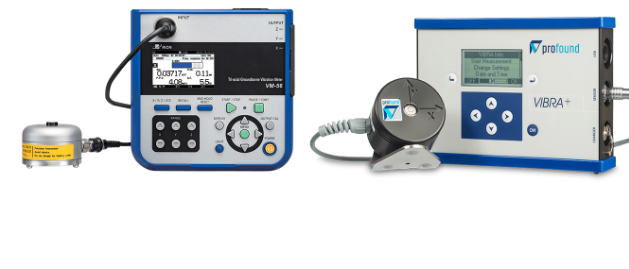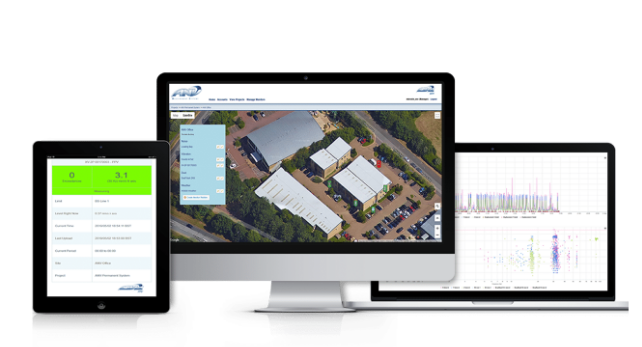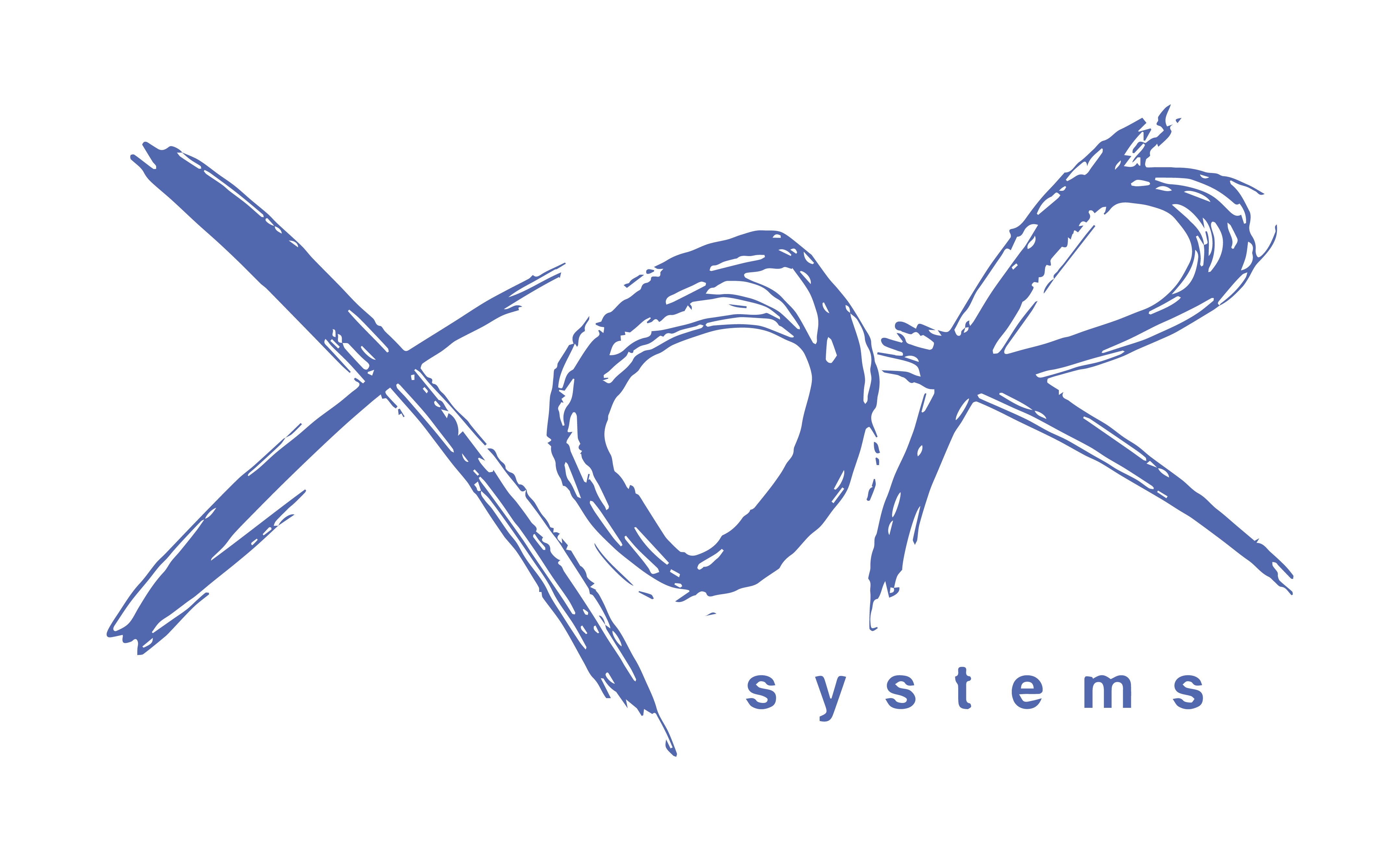Edge computing is where computing power, wireless communication and smart devices combine to drive a quantum leap in the effectiveness of remote devices and systems.
Today we’re still only scratching the surface of what edge computing offers industry. But it’s already clear that it can dramatically improve operating efficiencies. Smart organisations are already using it to outpace their competitors.
Edge computing offers a different way of thinking about how computing happens in the distributed spaces of the real physical world. For example, how devices such as sensors interact with a server: instead of constantly communicating with the server, what happens if the device only communicates when necessary? What if the device is given greater autonomy? And, most interestingly, what would happen if a group of devices work together to make decisions without constant recourse to the centre?
The possibilities that open up are endless. But the most obvious benefit that edge computing offers is efficiency. It streamlines systems so only the minimum network traffic is needed. Another key benefit is speed. Giving a device the ability to make its own decisions frees it to act fast. Ultimately, edge computing provides a more agile way of automating things. And the real impact of this on industry is still to come.
Let’s envisage a typical configuration for an IIoT (Industrial Internet of Things) application, where multiple intelligent devices are located remotely. Their purpose will be to measure something, to monitor and perhaps to control –the range of options is huge and there are many variations of this general arrangement.
At the centre is a web server which has a database to store data and which can provide data visualisation in various ways to browse and analyse the data.
The devices may be battery powered or mains powered and will have some means to communicate over the internet – 4G or NB-IOT or similar. The server also provides configuration and control of the devices.
This can be viewed as a ring of devices around a central hub. The edge of the network is where the devices are and where the computing is done. This is edge computing.
The cloud computing approach keeps things simple. You typically aim for the simplest possible device. It has a sensor (or number of sensors) attached and the device wakes up from sleep and reads data. It then connects to the web server and uploads all of the data recorded, without any processing, where it is stored to database. The device can then go back to sleep.
You might then analyse on the server, for example testing the data against an International Standard. You might want to issue alerts to those interested in the data captured.
The attractiveness of this approach is the simplicity: the device is a channel between the sensor(s) and the server. All the processing of the data and the decisions about the underlying measurements are made on the server.
Edge computing takes a more complicated approach. Decisions are made on the device and processing is performed on the device. What is uploaded to the server is a summary of the data and a decision – or the device might send out alerts directly. This saves on bandwidth, reduces the amount of data uploaded, and simplifies the processing on the server.
One key reason for working this way is speed of reaction. It takes time to upload data and for the server to process it, especially in busy times. And in some circumstances delays can’t be tolerated. Consider autonomous cars. The sensible approach here is local processing with some logging or status information uploaded to the server. Or consider a drone. Navigating in three dimensions requires rapid processing and decision-making; uploading to a server would take too long.
Another key reason for computing on the edge is that a set of nearby devices may need to collaborate on decision-making and controlling, by reacting to one another. It would be inefficient to route this through a remote server. Better for the units to collaborate and simply update the server on their status and their decisions.
Server based analysis has a significant advantage. If you want to change the logic of the decision-making or change the analysis performed, then you only need to change one piece of code: the code running on the server. If you have each device programmed with the logic, then each needs to be changed should you make any changes to the algorithm. This isn't difficult to achieve, but is an overhead.
Many types of sensors and devices cannot wait for data or commands from the cloud. And for other uses, it just isn’t necessary. For monitoring, diagnosing and taking action on individual pieces of equipment, such as home automation systems, it makes sense to do the analysis as close to the device as possible. Sending locally sourced, locally consumed data to a faraway data centre causes needless network traffic, delayed decisions and drain on battery-powered devices.
Machine learning is an increasingly important element of edge computing. In fact, the real value of IIoT comes at this higher level of sophistication. Machine learning happens when devices learn from each other or from their specific use, and then automate actions. They can adapt, make decisions, change behaviour over time, take action.
Most important of all is the ability to tune their responses based on what they learn. Devices need to separate the signal from the noise and machine learning helps optimise this.

One of the greatest benefits of edge computing is how it can dramatically improve operating efficiencies. If a machine develops a problem, connected sensors can automatically pinpoint where the issue is occurring and trigger a service request.
An example is a product of ours which monitors the health of electric motors. It’s effectively the fitbit of electric motors. It has a highly sensitive sensor which takes high speed samples. The data is processed mathematically on the processor and machine learning algorithms assess any changes in the health of the motor.
Most of the time there’s no change to report, so we simply provide a ‘green’ status, a single byte to indicate that all is well. If the device detects a change that may be of concern, then it sends an ‘amber’ status, enough to say that the healthy status has changed. Any measurements that are wildly out of alignment cause a ‘red’ status.
For an amber or red status, the user can request further data from the device. The summary may not be enough, so we provide the full set of data. This allows the user to check the assessment that the device has made, so they can validate the decision. In normal circumstances, the amount of data uploaded is tiny. It's only in exceptional circumstances that a lot of data is uploaded.
An edge computing device can also help predict when a machine will likely breakdown or enter a dangerous operating condition before it ever happens.
Sensors typically work by analysing sound frequencies, vibrations and temperature of a given machine to tell if it’s working in its normal condition. This process – known as condition monitoring – is time intensive when humans do it manually. A handheld sensor carried by an engineer is an expensive way to analyse a machine.
Connect the same sensor to a computer to allow the monitoring at regular intervals. This means that the data capture is constant, at a much higher frequency than occasional site visits by the engineer. The engineer is then freed to monitor an array of connected sensors and check the analysed data from the array. By using sensors to collect and quickly analyse data points in the cloud, prediction of machine failure becomes easier.



Edge computing offers a range of important benefits to manufacturing and other industrial organisations. But you may need to gain a bigger perspective on where you could make significant shifts in how you monitor, manage and control your systems.
We are well placed to help you do this. We have specialised in embedded systems for over 20 years, for a wide range of projects. We’ve delivered many devices that work at the edge, and in recent years we’ve developed a great deal of expertise in data management, data visualisation and machine learning – cutting edge fields increasingly important in industry.
We can help you understand how edge computing (and IIoT and Industry 4.0) can make you a smarter, more successful organisation.

© Copyright 1998- Xor Systems, All Rights Reserved.